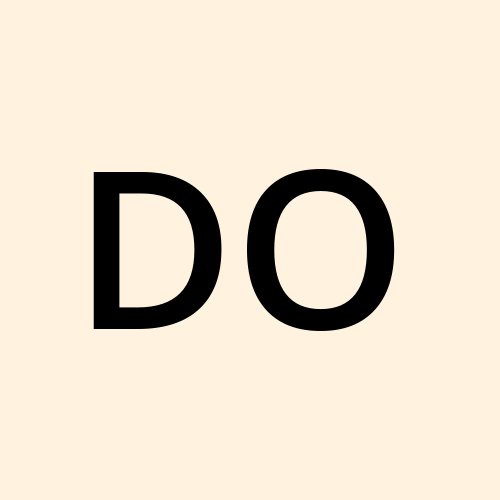What is Web3? Basic Concepts Explained
 Web3Airdrops_
Web3Airdrops_
In my first blog, I talked about Web3 a lot. However, I realized that I didn't provide a comprehensive explanation of what Web3 is. Therefore, I believe it's essential to take a step back and thoroughly explain the fundamental concepts and principles that define Web3. By doing so, I hope to offer a clearer understanding of this transformative technology and its potential impact on the digital landscape.
What is Web3?
Web3 is, in simple terms, a read-write-interactive web. Former Twitter founder Ev Williams coined the term. He was its CEO from 2008 to 2010, and a member of its board from 2007 to 2019. He also founded Blogger and Medium, two of the largest blogging internet platforms.
So what do I mean by Web3? It is a read-write-interactive web. It's simple: in the Web3 space, users can read content and share their thoughts through writing and other forms, and it is interactive, whereby other users can form a conversation on a topic of interest.
Cryptocurrency, the metaverse, non-fungible tokens (NFT), and decentralized finance spaces are often related to Web3. Its users are the main focus, that's why you can identify Web3 as having a more human-like feature.
Web 1 & Web 2: Understanding the Evolution of the Internet
I hope we just understood the concept of Web3 and the basics. Keep in mind that Web3 cannot be fully complete without talking about Web1 and Web2.
What is Web1?
Web1 is a Read-only web. As the name suggests, users can only perform one function, and that is "Reading". There are no provisions for writing or interaction as in the Web3. Web 1 is also known as the Static web. Originally, the intention of Web 1 was to make information (mostly scientific) public for users and set up an online presence.
Examples of Web1 websites are Myspace, LiveJournal, Apple (earliest site launched in 1993), IMDb (1993), Amazon (1994), IBM (1994), Microsoft (1994), etc.
What is Web2?
This is the next stage of the web, Web 2, also known as The Social Web or the Read-Write web. As the name suggests, users can perform only two functions; it is the Internet as we know it today. Social media, instant website creation, portfolio sites, blogs, and forums—any platform where you can easily upload content and make it visible to others.
To name the best example, Facebook features most of the characteristics of Web 2, where it revolves around social connectivity and interactivity, Users may publish photos and texts on their Facebook account to enhance creativity.
Web 2 allows users more control, and it also includes the growth of social media as an important type of Internet communication. This has led us to a social web where we aren’t just “reading” information from websites. Now, we’re creating it.
Conclusion
Now that we know what the three webs are about, in my next blog, I will be sharing various aspects of Web3 in crypto that I have learned so far in this journey and the misconception that you need money to start.
Subscribe to my newsletter
Read articles from Web3Airdrops_ directly inside your inbox. Subscribe to the newsletter, and don't miss out.
Written by

Web3Airdrops_
Web3Airdrops_
I am a technical writer specialized in web3 content for newbies and end users. I am also a virtual assistant skilled with tools like Microsoft Office, Microsoft Excel, spreadsheet, Google Docs, calendly, Google Drive, and many more. I create content for audiences who are into Web 3 and people who are new to it by telling them what it is about from a personal POV This is also my P.O.W